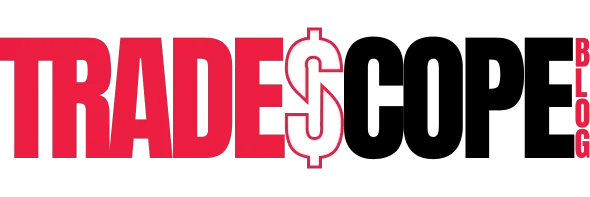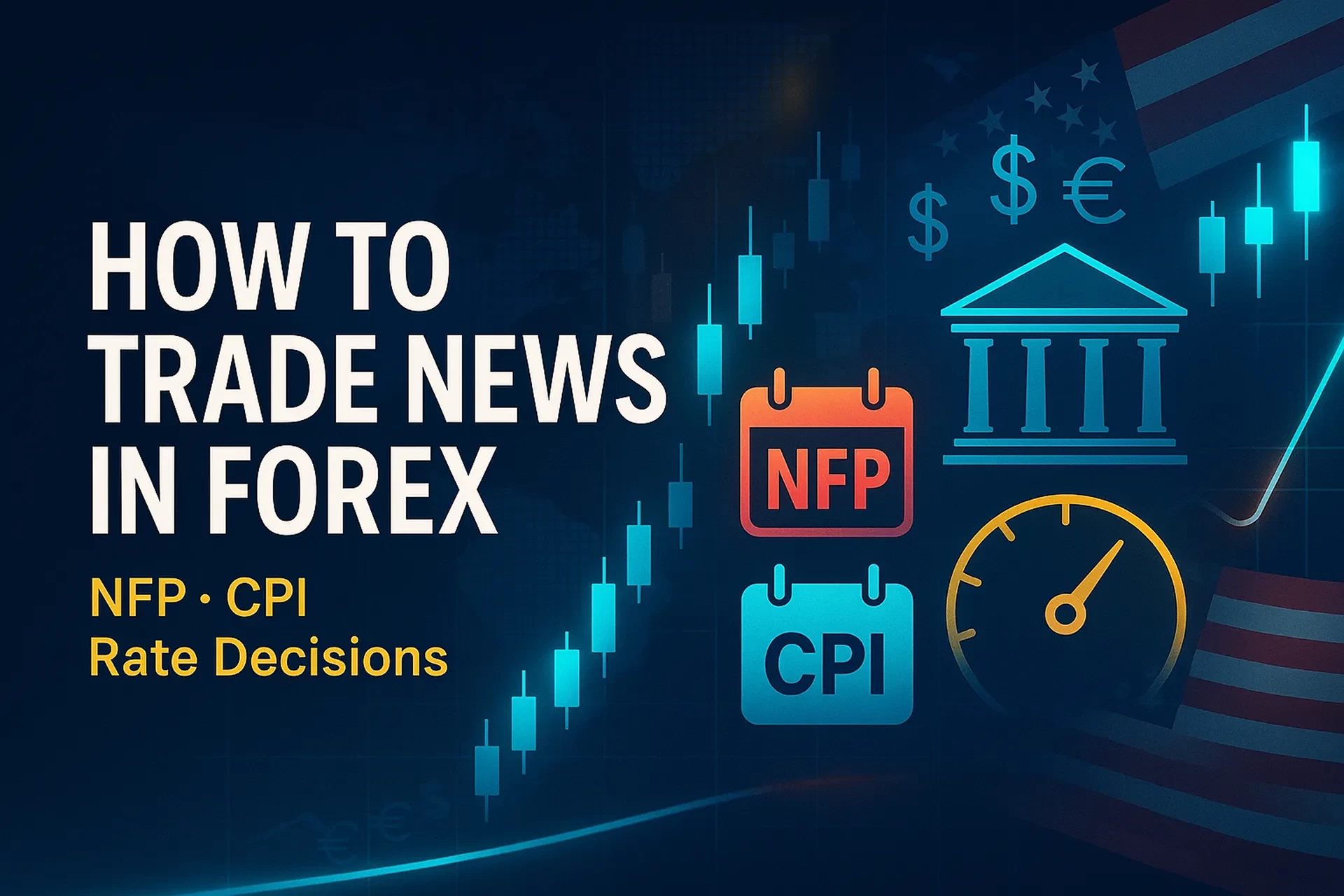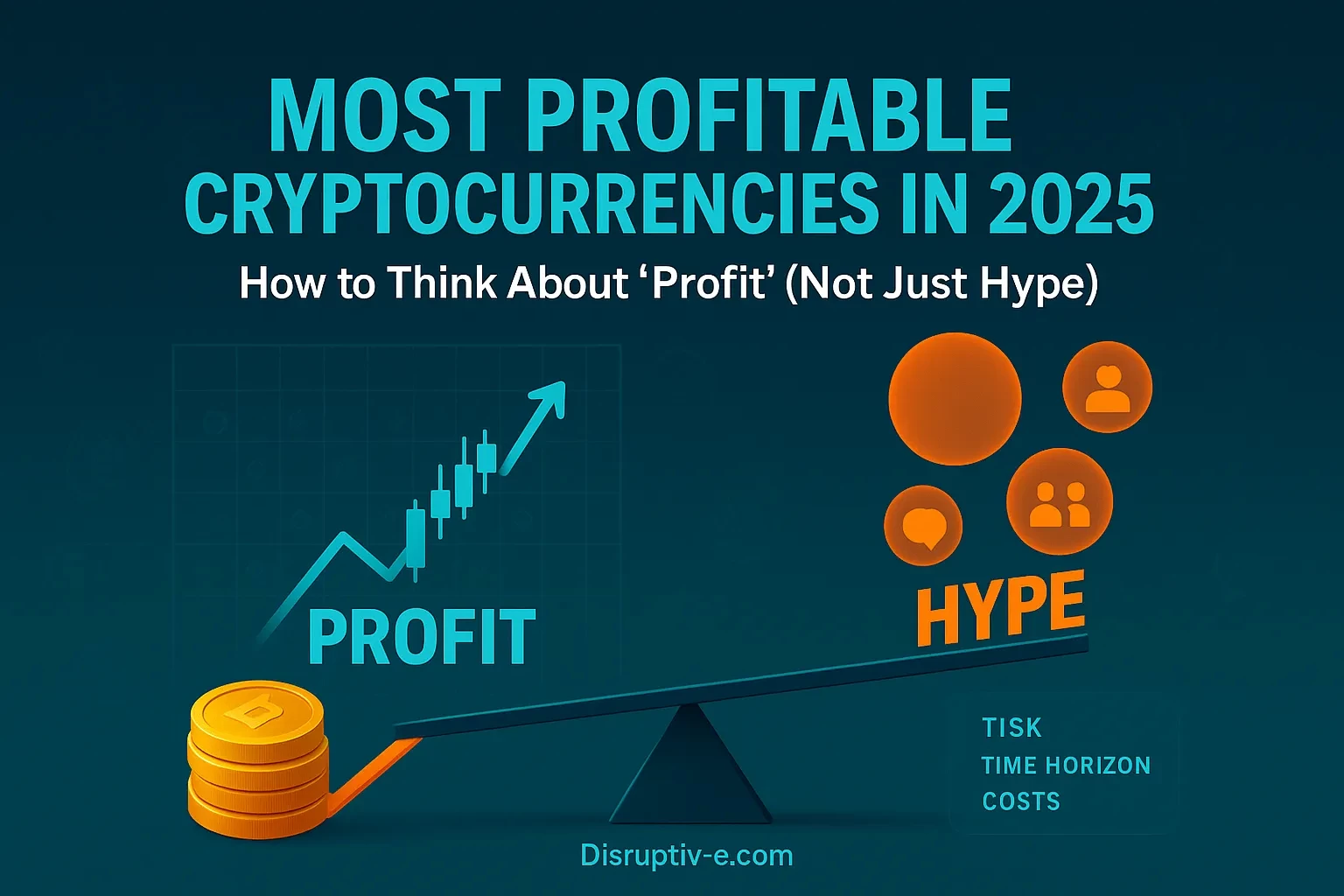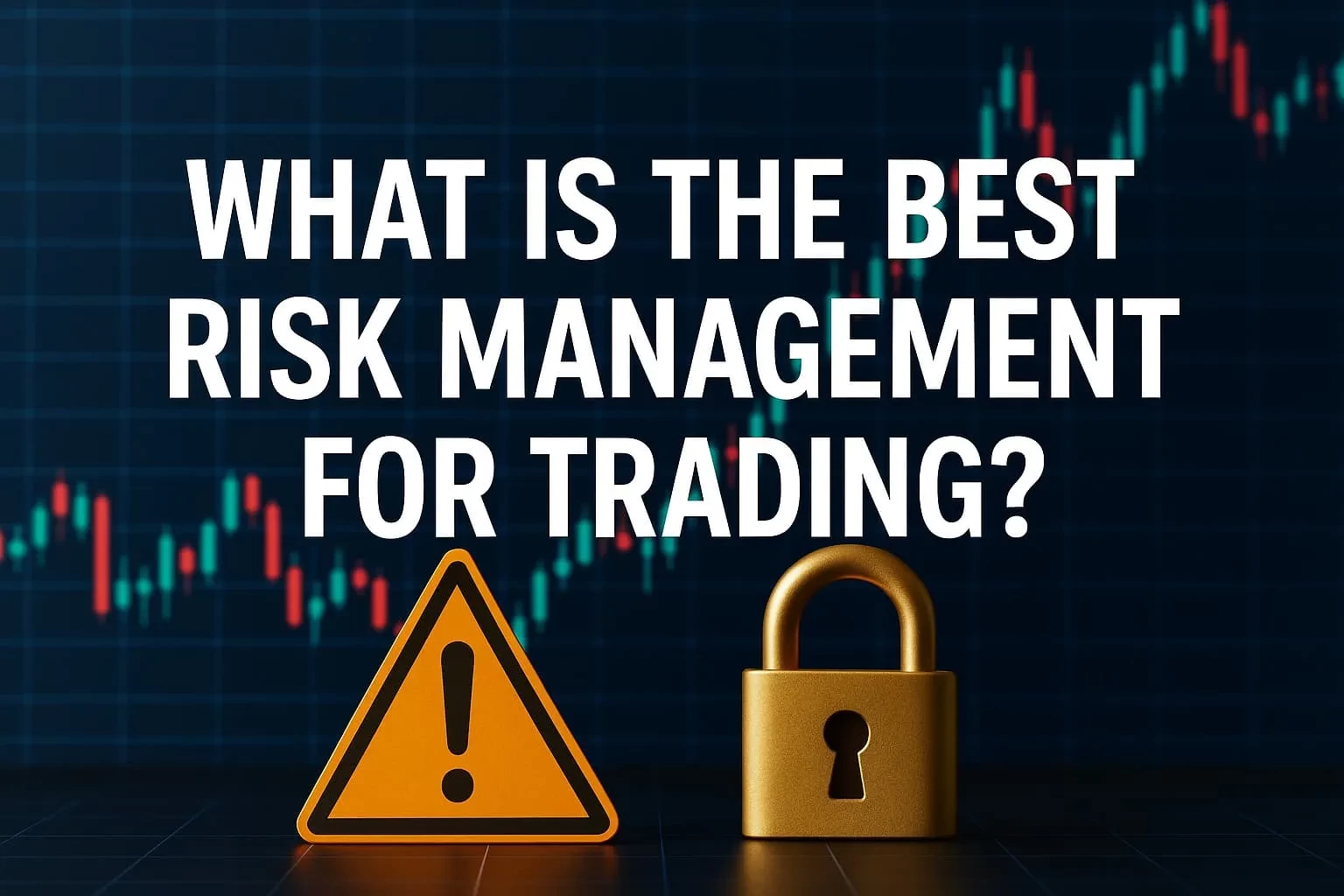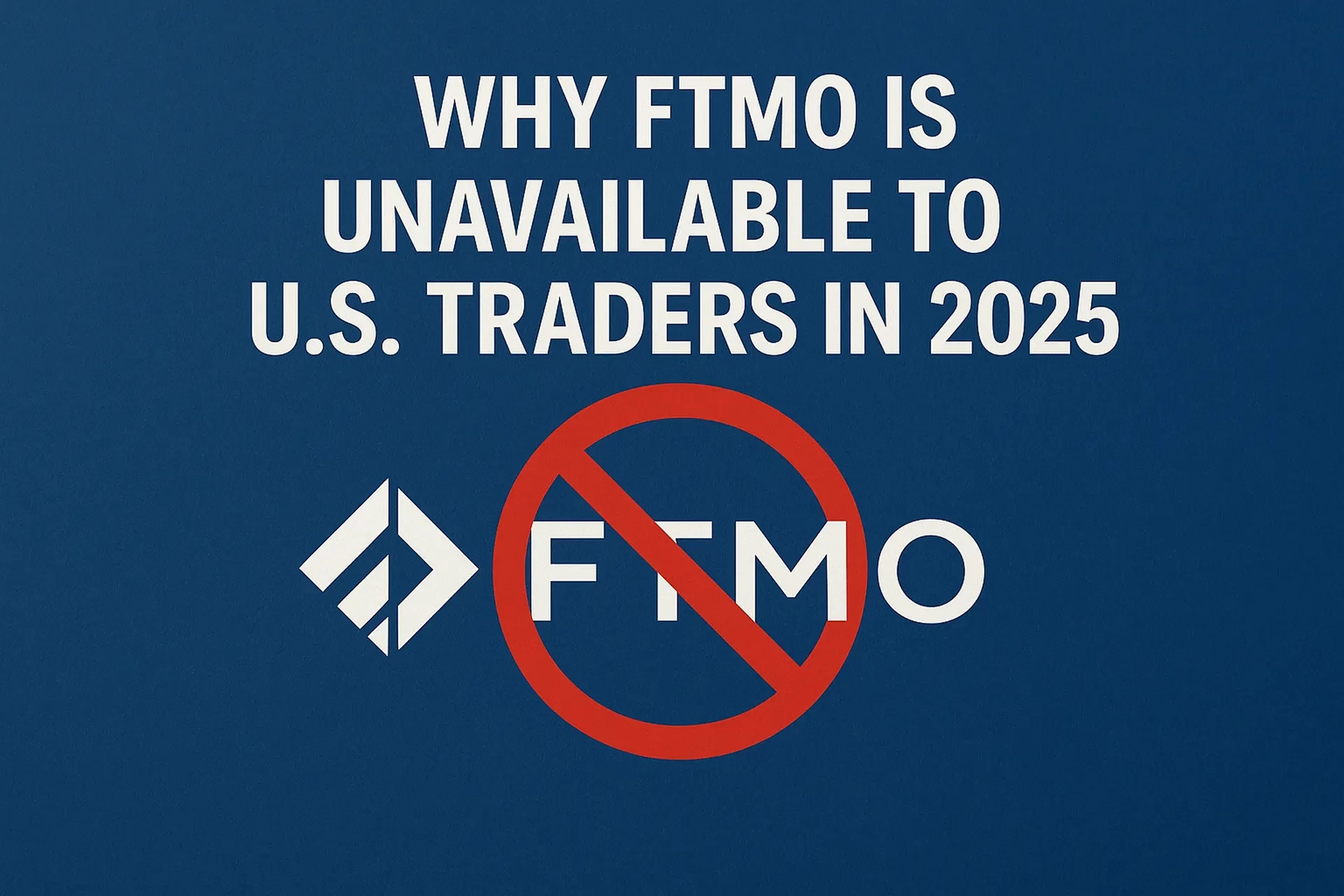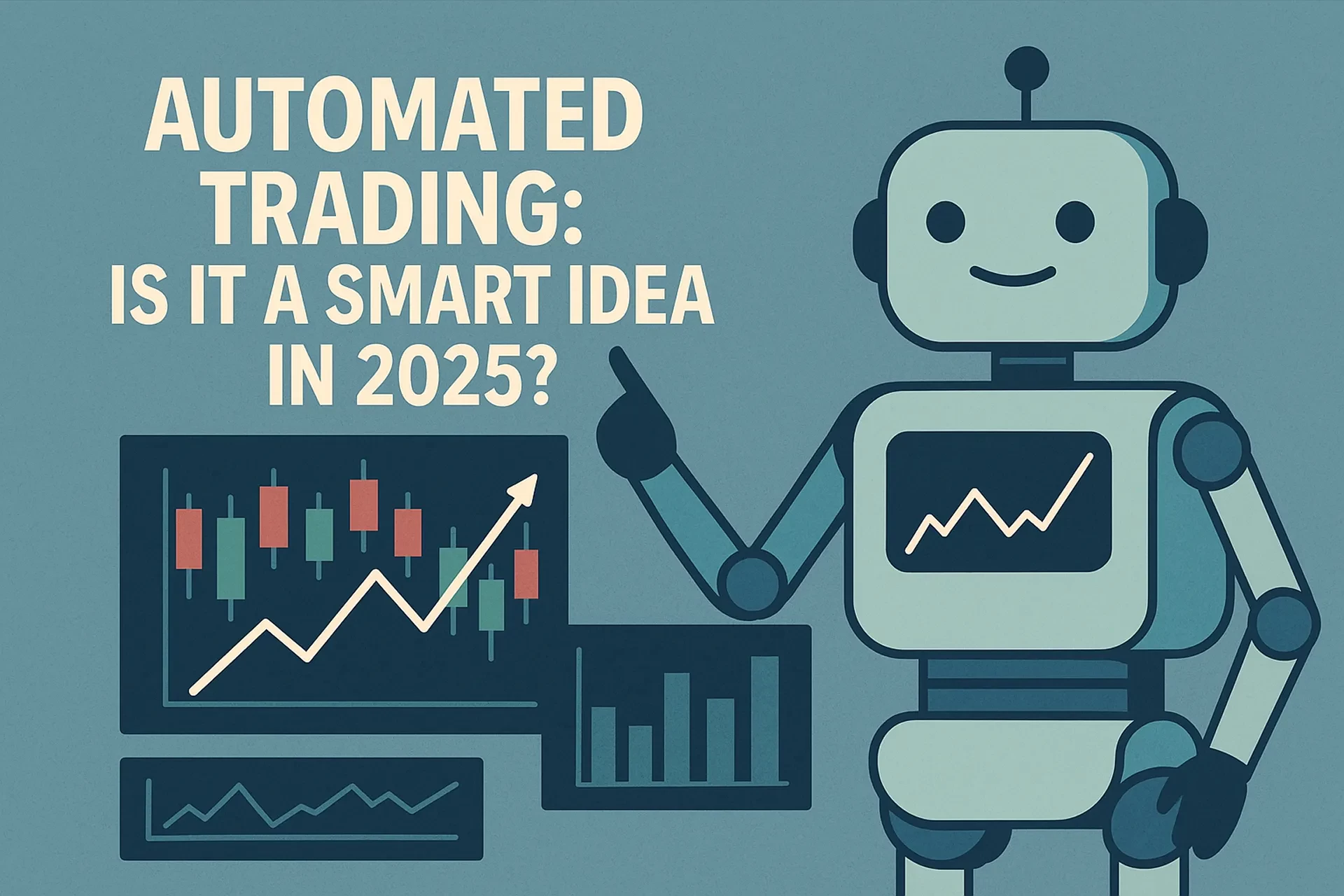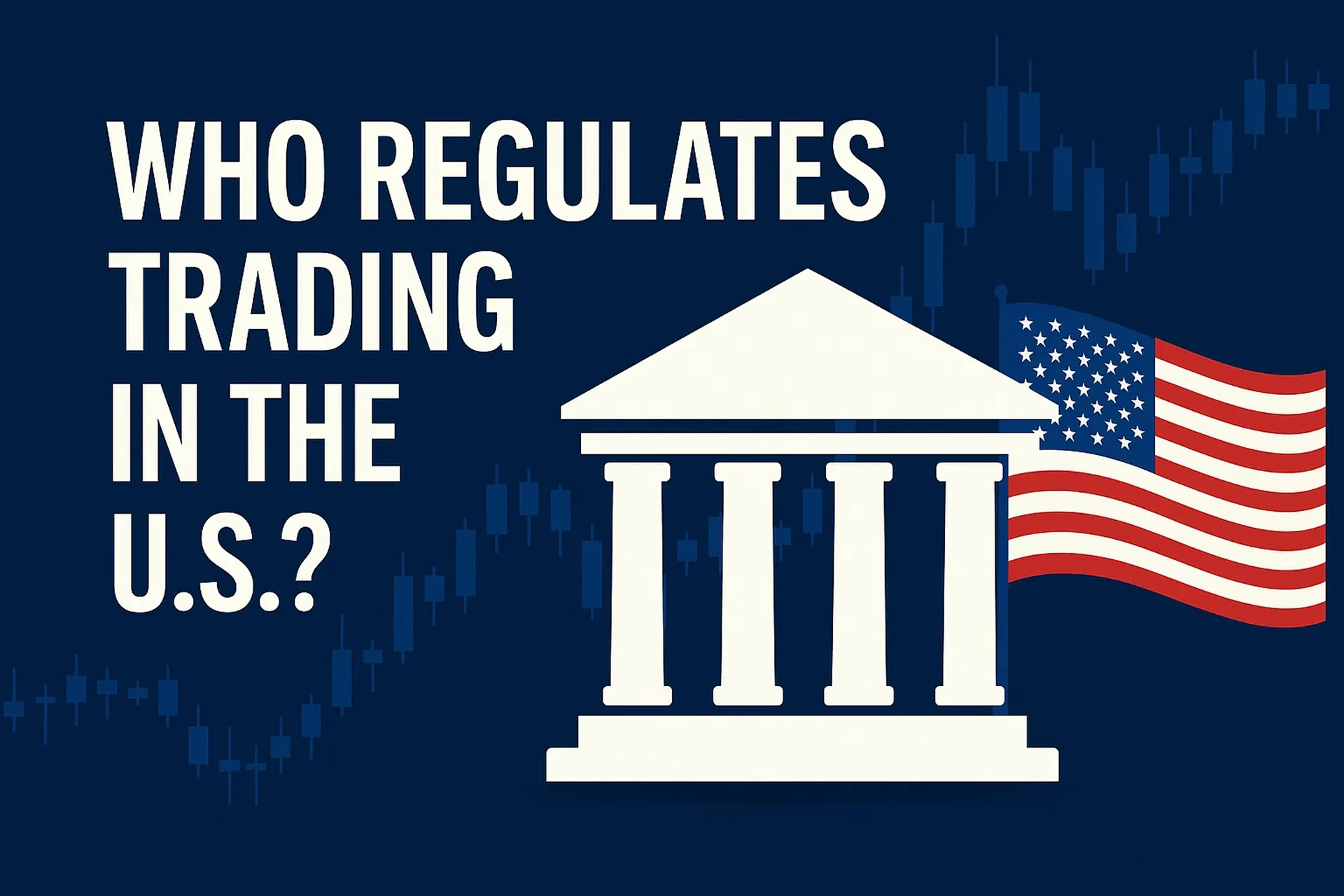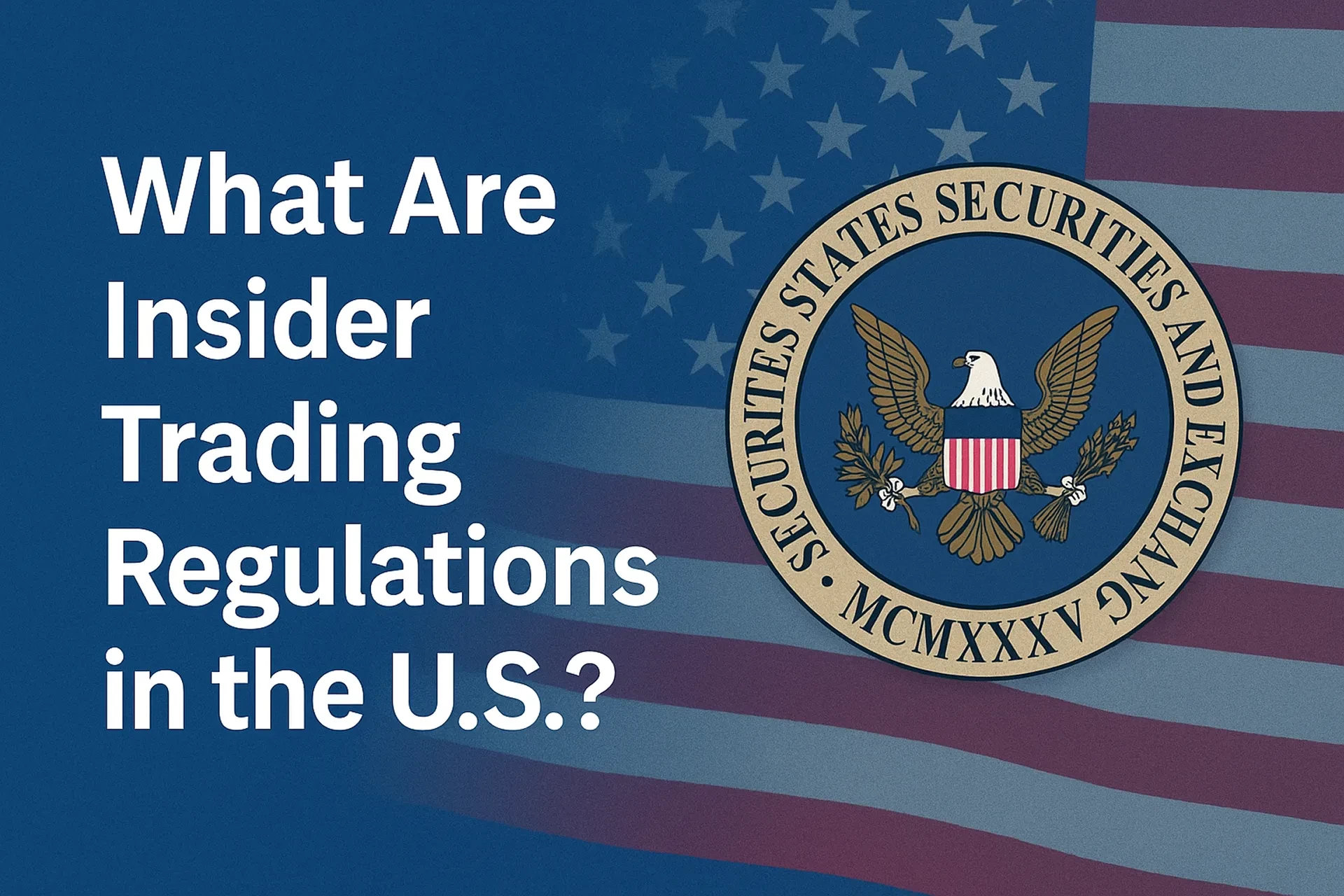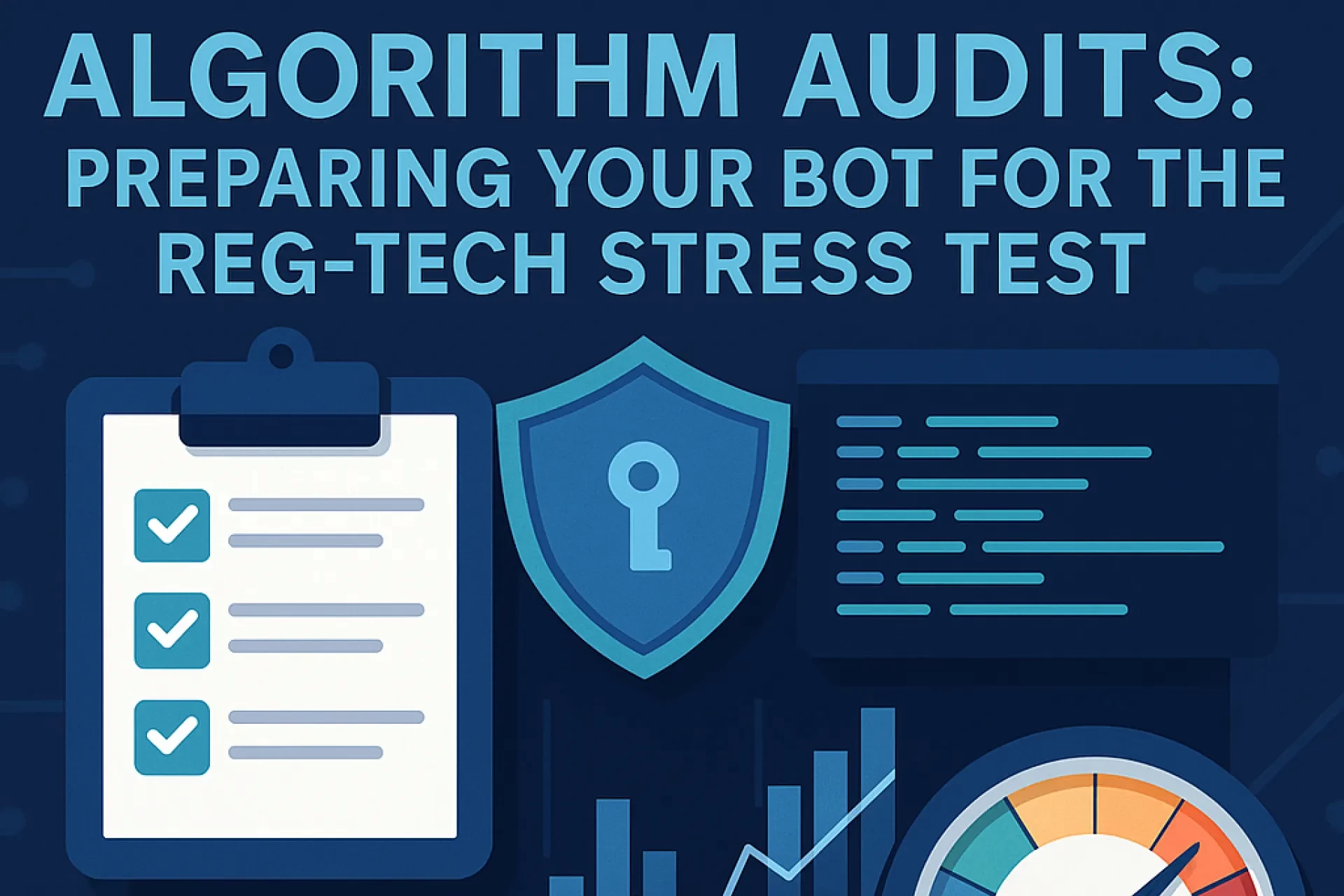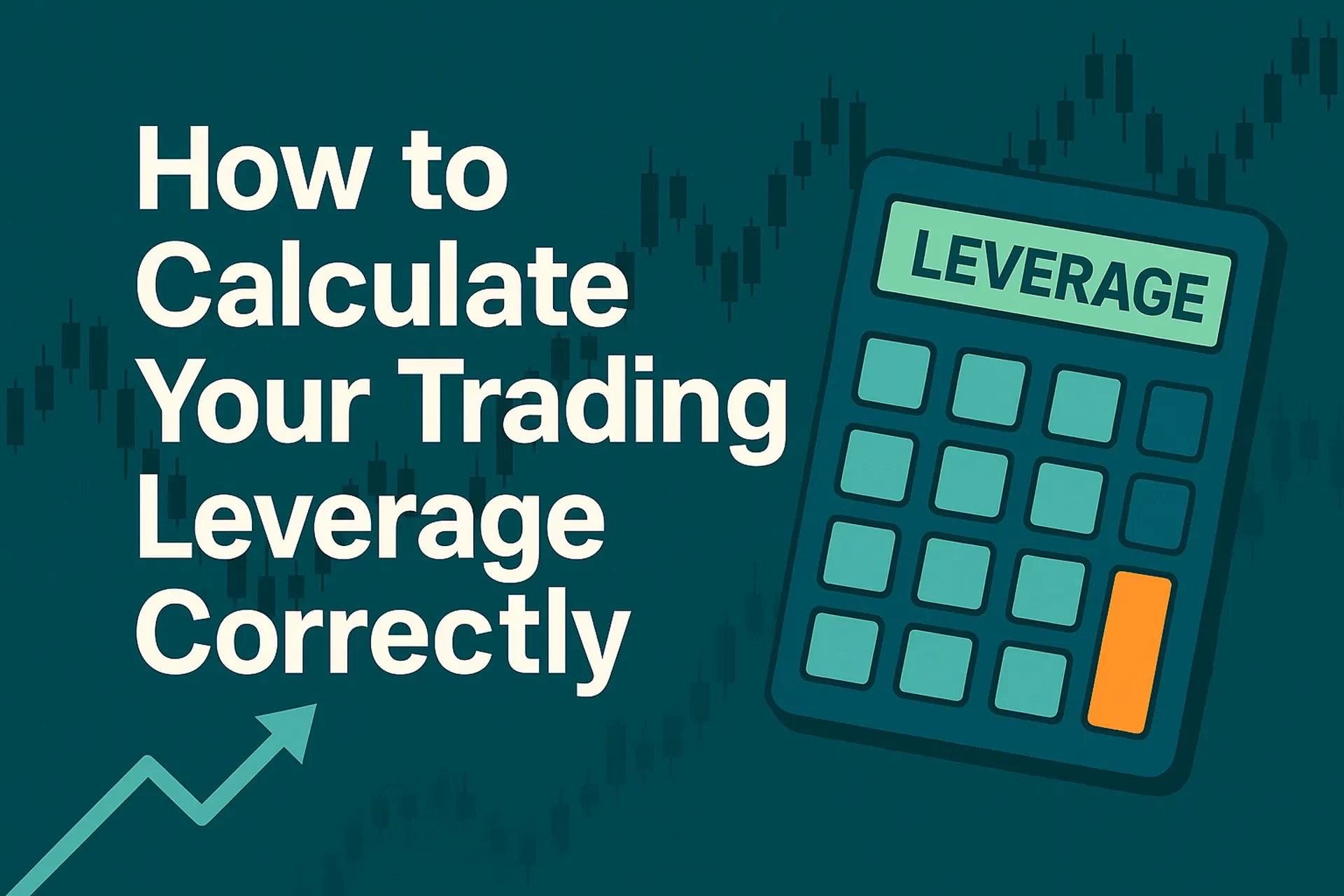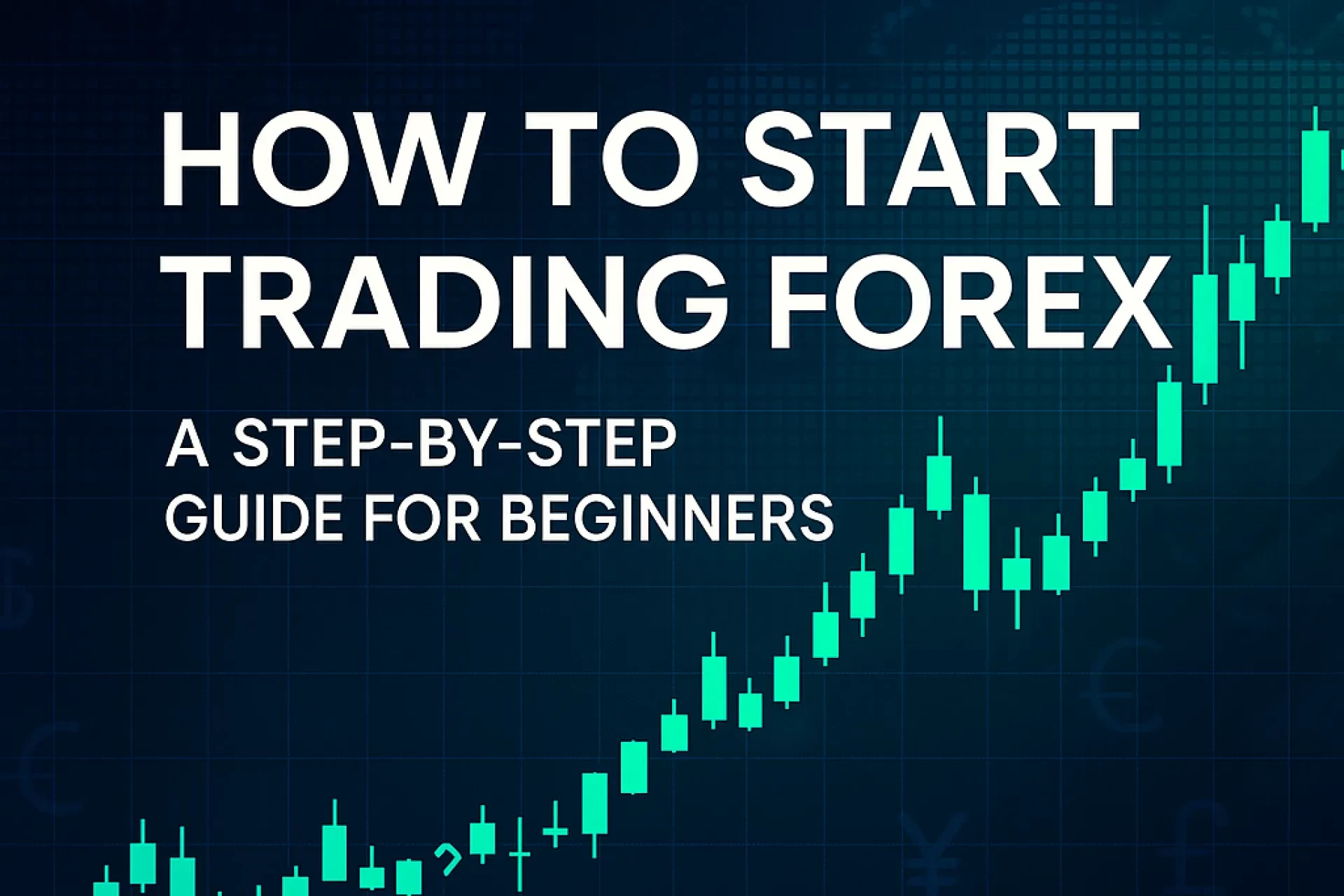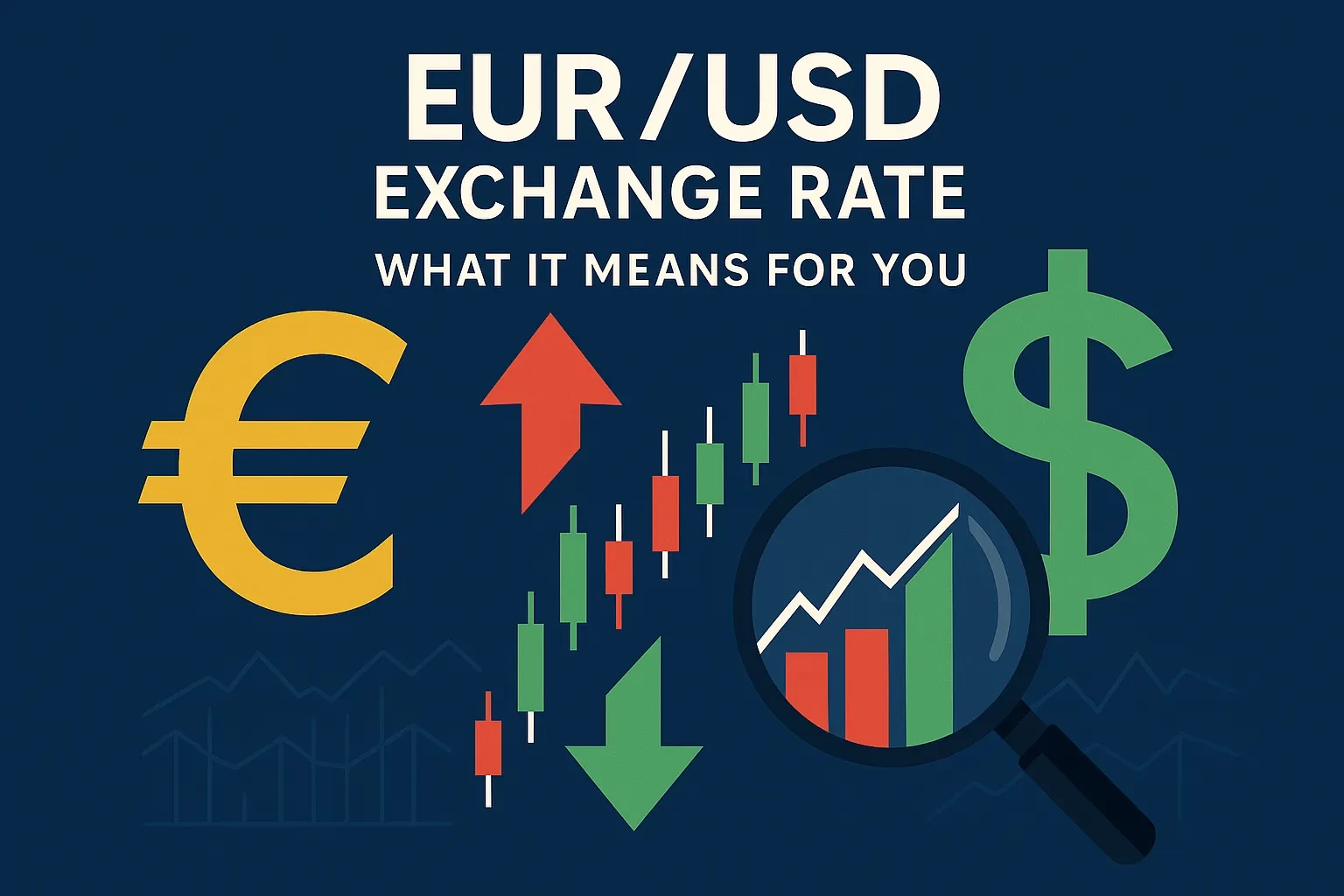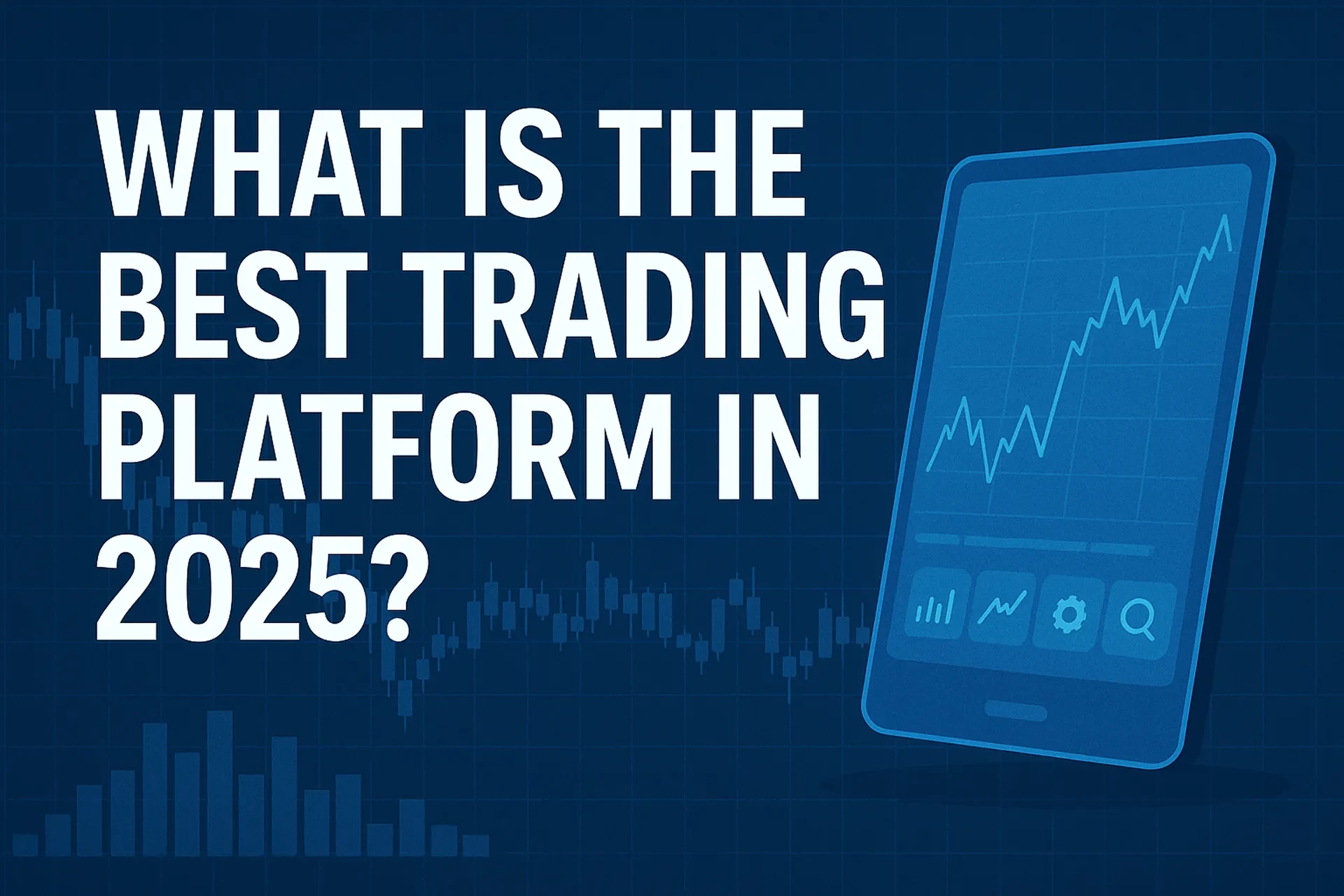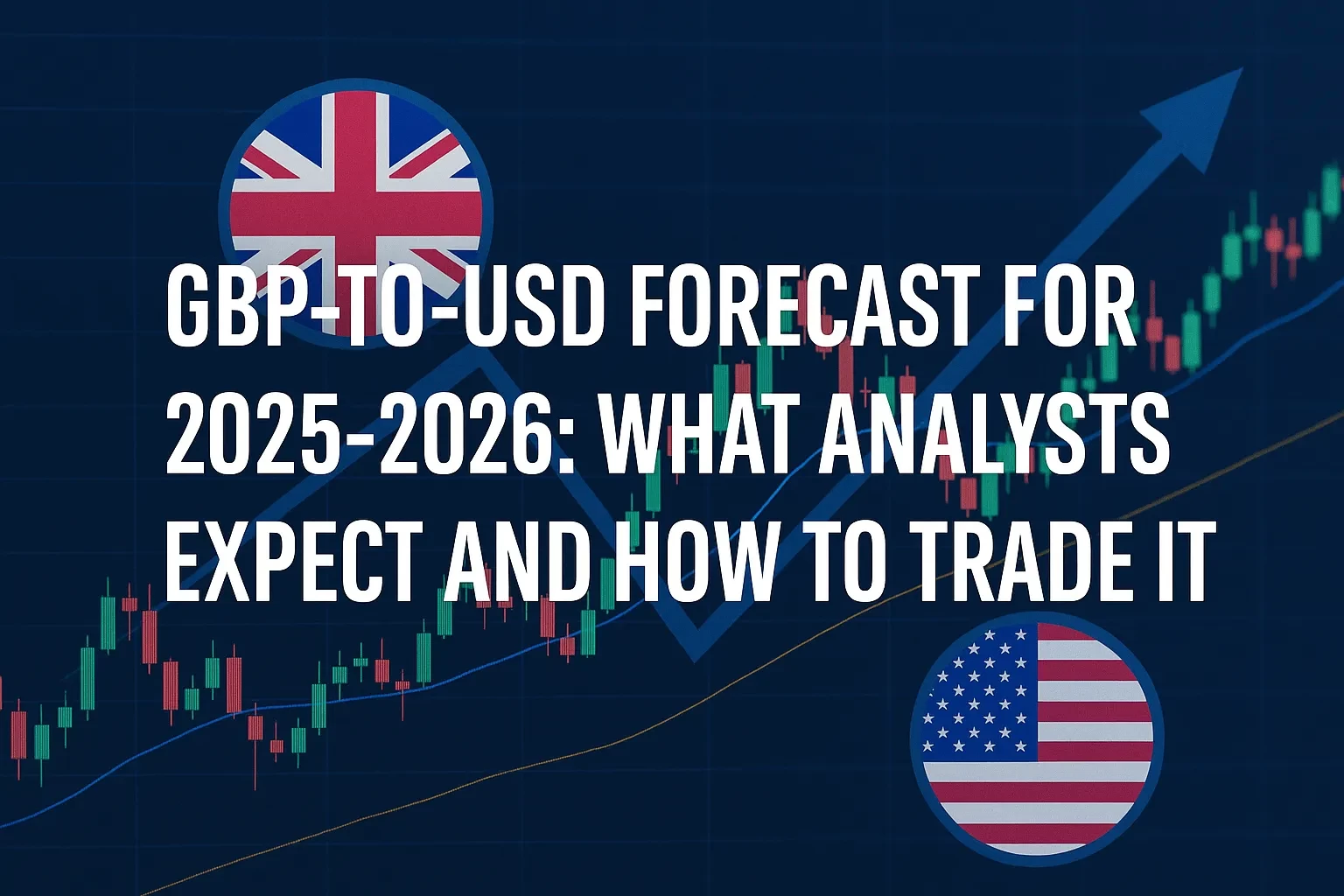Answer up front: In six months, you can assemble a practical “trader’s skill stack” that combines Python (for data, backtests, and automation) with prompt engineering (for faster research and robust documentation). The key is an incremental curriculum: ship small tools monthly, guardrail them with risk controls, and align your workflows with U.S. rules and investor-protection guidance (CFTC/FINRA/NFA/NIST).
Affiliate disclosure: If you decide to purchase tools or courses through links on this page, we may earn a commission. This does not affect our recommendations (FTC guidance).
Table of Contents
Why this matters now
Markets are awash in “AI-powered” claims and plug-and-play trading bots. U.S. regulators have warned that hype around guaranteed or unusually high returns is a major red flag, especially when promoted by strangers or influencers online (CFTC advisory, Jan. 2024). Building your own lean, auditable toolkit—Python for data + prompts for research—keeps you in control, reduces reliance on black boxes, and helps you separate signal from marketing noise. It also forces you to document assumptions, perform reproducible checks, and evaluate costs (spreads, fees, latency) before risking capital. In short: you replace magical thinking with testable processes and human-in-the-loop oversight.
What do we mean by “skill-stacking” for traders?
Skill-stacking is the deliberate layering of complementary capabilities that, together, create outsized practical value. For traders, the specific stack here is:
• Python: A general-purpose language to clean data, compute indicators, size positions, backtest, and prototype simple automations.
• Prompt engineering: A structured approach to getting reliable output from AI systems (draft checklists, code reviews, doc summaries), guided by risk-aware frameworks like NIST’s Generative AI Profile (2024).
Jargon check:
• Backtest: Simulating a strategy on historical data to estimate metrics (return, max drawdown, win rate) and costs (spread, commissions).
• Slippage: The difference between expected and actual fill price due to market movement or execution latency.
• PDT (Pattern Day Trader): U.S. designation with special equity and margin rules for frequent day trading.
The six-month roadmap (ship small, measure, and harden)
Below is a pragmatic, deliverable-driven plan. Each month ends with a shipping milestone and a risk gate (what must be true before you proceed).
Month 1 — Environment, data hygiene, and notebooks
• Set up: Python 3.11+, Jupyter/VS Code, virtual envs, and a clean project structure (/data, /src, /tests, /notebooks).
• Data hygiene: Write loaders that validate timestamps/timezones, check for missing bars, and tag corporate-action events.
• Prompt workflows: Build a reusable “analysis brief” prompt (inputs: symbol, timeframe, hypothesis; outputs: checklist, data requirements, risk notes). Map the prompt to a NIST-style risk register (assumptions, potential failure modes, mitigations).
• Ship: A one-click notebook that computes simple stats (volatility, ATR, moving averages) for one symbol.
• Risk gate: Unit tests confirm data integrity (no duplicate timestamps; correct session boundaries).
Month 2 — Backtesting 101 and cost realism
• Strategy scaffolding: Implement a vectorized backtester (entry/exit rules, position sizing, fees/slippage).
• Cost realism: Add commissions and a variable spread model (e.g., widen spreads around news; run sensitivity ±25%).
• Prompt workflows: Create a “code reviewer” prompt that flags common analysis pitfalls (look-ahead bias, survivorship bias).
• Ship: CSV report with P&L, Sharpe, max drawdown, hit rate, exposure, turnover, and a parameter-sweep grid.
• Risk gate: Sanity checks—if costs double, the edge remains (or you abort).
Regulatory context: U.S. regulators emphasize skepticism toward bots or AI products promising “high” or “guaranteed” returns—use your tooling for verification, not belief.
Month 3 — Position sizing and drawdown engineering
• Sizing methods: Fixed fractional, volatility targeting, and simple Kelly fraction caps (e.g., ¼ Kelly).
• DD controls: Implement circuit breakers (e.g., pause after -5% day or -10% week), and risk budgets per strategy.
• Prompt workflows: Build a “risk brief” generator that outputs plain-English scenarios (what could go wrong, how you’d respond).
• Ship: YAML config for risk limits + code that enforces them.
• Risk gate: Historical max drawdown under your cost assumptions is tolerable and consistent with your risk budget.
Month 4 — Robustness: walk-forward and regime awareness
• Walk-forward: Split data into rolling train/test windows; forbid parameter reuse outside window.
• Regime features: Add simple filters (volatility state, trend state) and test stability across regimes.
• Prompt workflows: Summarize FOMC statements, NFP releases, or earnings transcripts into a concise “impact brief,” but require human sign-off before any parameter changes.
• Ship: A walk-forward dashboard highlighting performance drift.
• Risk gate: Strategy is not reliant on a single parameter kink; performance is not erased when slippage widens.
Month 5 — Execution prototypes and journaling
• Paper trading: Connect to a broker’s demo API; log signals vs. fills with latency measurements.
• Journaling: Auto-generate trade journal entries (hypothesis → action → outcome), including screenshots.
• Prompt workflows: A “post-mortem” prompt that turns journal events into lessons and checklist updates.
• Ship: An execution simulator that replays paper fills with your cost model; daily journal PDF export.
• Risk gate: Paper performance aligns with backtest within defined tolerance; slippage/fees match your assumptions.
Month 6 — Compliance awareness and go-live criteria
• Rule awareness: If you plan to day trade equities, understand PDT requirements (minimum $25k equity maintained). If you trade futures/forex, understand CFTC/NFA oversight and disclosures.
• AI hygiene: Document AI use (what prompts influence research, how outputs are checked). Use NIST’s GenAI profile to identify misuse risks (e.g., hallucinated stats, code errors) and mitigations (source citations, human validation).
• Ship: A Go-Live Readiness Doc: data sources, backtest dates, risk limits, emergency kill-switch, and the specific conditions that allow small-size live deployment.
• Risk gate: Pass a final checklist (see below); if not, continue paper trading.
One-table snapshot: six months at a glance
| Month | Primary Output | Risk Gate | Prompt Workflow You’ll Use |
|---|---|---|---|
| 1 | Clean data loader + metrics notebook | Unit tests pass on data integrity | “Analysis brief” + risk register (NIST-aligned) |
| 2 | Vectorized backtester + cost model | Edge survives doubled fees/spread | “Code reviewer” for bias checks |
| 3 | Sizing + drawdown controls | DD within budget; circuit breakers | “Risk brief” scenarios |
| 4 | Walk-forward report | Stable across regimes | “Impact brief” for macro/earnings |
| 5 | Paper execution + journal | Paper ≈ backtest (tolerance) | “Post-mortem” lessons updater |
| 6 | Go-Live Readiness Doc | All checklist items green | “Go-live” compliance checklist |
Takeaway: you ship something real every month and only move forward when risk gates are green.
A simple, practical example (with math)
Scenario: You test a moving-average crossover on SPY.
• Backtest (net of costs): CAGR 8.2%, max DD 15%, turnover 20 trades/year.
• Fees: $0.005/share; average trade 50 shares → $0.25/trade fees.
• Slippage model: Assume 2 bps per trade. On $22,500 notional/trade: $4.50/trade slippage.
• All-in per trade cost ≈ $4.75. If your average edge is 9 bps/trade ($20.25), cost is ~23% of edge.
Now stress it: double slippage to 4 bps during volatile weeks → cost $9.00; edge now $11.25. If annual turnover stays 20, total cost ≈ $95; edge ≈ $225. Still positive, but far slimmer. If doubling costs makes P&L flip negative in your worst quarter, your risk gate fails—do not go live.
This kind of realism is aligned with regulator guidance urging investors to be wary of “guaranteed” performance claims and to understand costs and risks before trading.
Pros, cons, and risk management
Pros
• You own the process: transparent logic and costs.
• Faster research cycles using prompts to scaffold briefs, reviews, and post-mortems.
• Better fraud resistance—you can evaluate vendor claims against your numbers.
Cons
• Time cost: six months of sustained practice.
• Temptation to overfit and to trust AI summaries that may omit caveats.
• Compliance complexity if you solicit investors or cross into advisory activities (know CFTC/NFA/SEC boundaries).
Concrete mitigations
• Data gates: refuse to run backtests with missing sessions or corporate-action mismatches.
• Overfit guards: walk-forward testing + out-of-sample only; defer adding parameters until each one proves incremental value.
• Cost stress: re-run with 2× spreads/fees; abort if edge disappears.
• AI validation: require source-linked claims; keep a changelog for prompts and models per NIST guidance (2024).
U.S. compliance awareness: what you should know (and why)
• CFTC & NFA (futures/forex): The CFTC enforces the Commodity Exchange Act; NFA is the industry SRO. Be alert to AI-hyped scams and promises of high/guaranteed returns. If you operate a business (e.g., advise others, manage pooled money), you may need CPO/CTA registration or an exemption; rules evolve—monitor updates and compliance dates.
• FINRA Rule 4210 (equities): If you’re day trading equities frequently, understand the Pattern Day Trader requirements: generally, $25,000 minimum equity maintained for PDT accounts; the rule and related guidance were re-highlighted in 2024 notices, and industry comment activity continued into 2025.
• AI governance: Use NIST’s Generative AI Profile (2024) to document risks, controls, and human review steps in your workflow.
The “3R” framework: a unique playbook for AI-assisted trading work
1. Rituals — Daily/weekly checklists generated via prompts: data quality, open risks, and “what would invalidate today’s hypothesis?”
2. Reviews — Prompt-templated code and research reviews that explicitly ask about look-ahead bias, leakage, and regime dependency.
3. Registers — A living risk register aligned to NIST’s categories (governance, maps, measures, and manages): each model or strategy has traceable assumptions, metrics, and mitigations.
This framework keeps AI in a support role—you remain the decision-maker.
Common mistakes—and expert corrections
• Mistake: Treating AI output as facts.
Fix: Require source links and human sign-off; log all prompt versions. (NIST GenAI guidance supports traceability.)
• Mistake: Ignoring fees/spreads/slippage.
Fix: Encode them and stress them; many retail futures/forex traders lose money largely due to costs and behavior—CFTC economists and broker disclosures underscore this risk.
• Mistake: Overfitting to a single regime.
Fix: Use walk-forward splits; require parameter stability across volatility states.
• Mistake: Going live without compliance awareness.
Fix: If you cross into advising others or pooling funds, read CFTC/NFA materials and determine if exemptions/registration apply. For frequent equity day trading, verify PDT rules and broker policies.
Go-live checklist (cut and paste)
• [ ] Strategy journal shows 60+ paper trades with backtest-paper alignment within tolerance.
• [ ] Risk controls: position caps, loss limits, and kill-switch wired and tested.
• [ ] Costs stressed at 2× without wiping out the edge.
• [ ] NIST-style register completed: data lineage, model limits, human review steps, and rollback plan.
• [ ] U.S. rules reviewed (CFTC/NFA for futures/forex; FINRA/SEC context for equities). PDT status understood if applicable.
FAQ (People Also Ask)
Plain-English risk disclaimer
Trading involves significant risk, including the loss of your entire investment. Backtested or paper results do not guarantee future performance. AI tools and prompts can make research faster but can also introduce errors or omissions; always validate with primary data and human oversight. No information here is investment advice.
Conclusion: your next steps
1) Build the baseline (Month 1–2): clean data, a cost-aware backtester, and prompts that produce checklists and code reviews.
2) Engineer risk (Month 3–4): position sizing, circuit breakers, walk-forward splits, and regime stability tests.
3) Practice execution (Month 5): paper trade with latency measurements and journal everything.
4) Govern and verify (Month 6): complete your NIST-style register, check U.S. rules (CFTC/NFA/FINRA), and go live only when all risk gates are green.
If you do this consistently for six months, you won’t just “know Python” or “know prompts”—you’ll have a durable, compliant, and testable edge-finding workflow.
